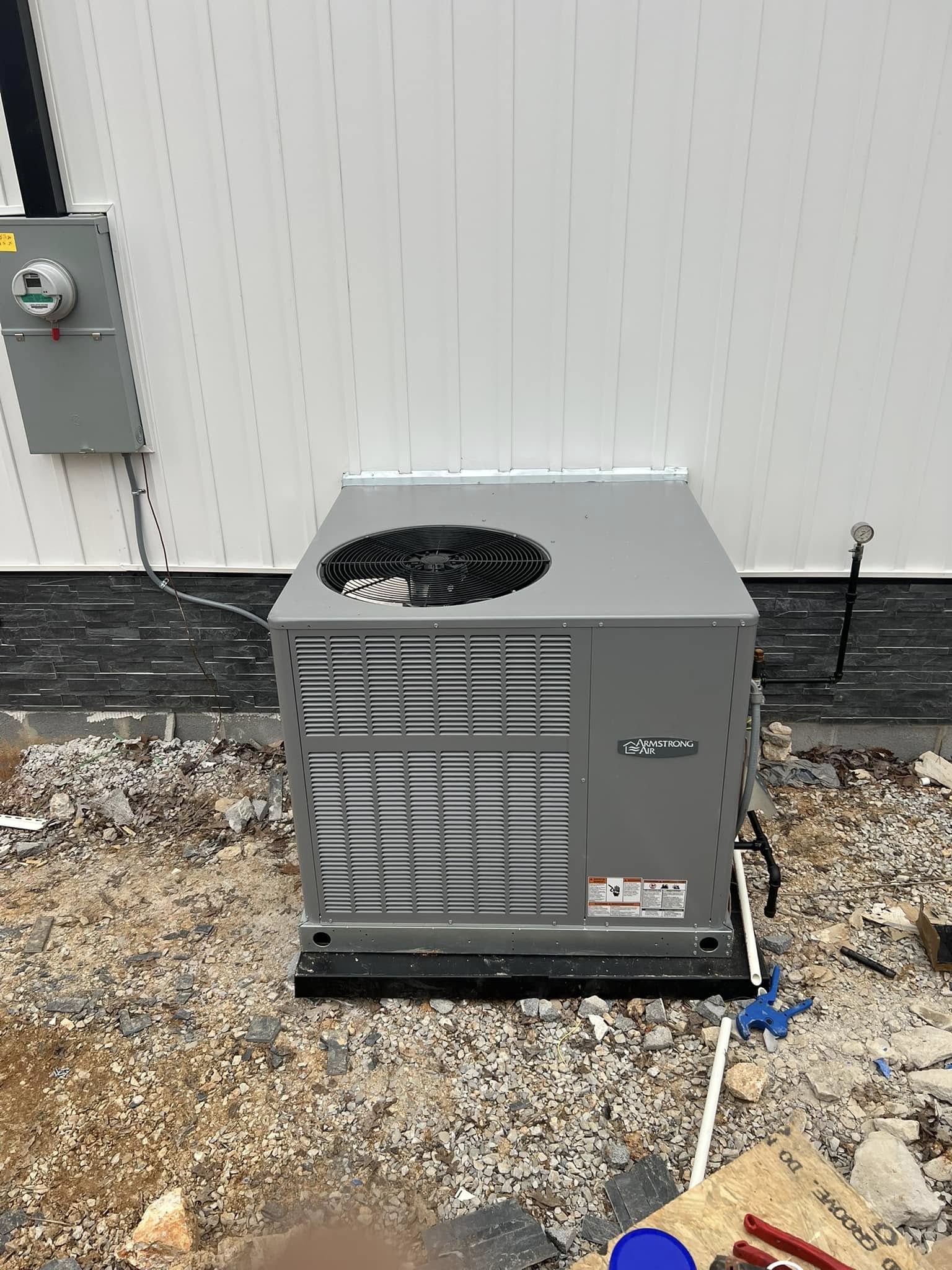
Demystifying HVAC Ductwork: A Comprehensive Guide for Homeowners Nov 13, 2025
To start, it's important to understand what HVAC ductwork is and why it matters. Ducts are the pathways that distribute cooled or heated air from your HVAC system throughout your home. This system of ducts is vital for maintaining the comfort levels in each room by ensuring that air is delivered adequately and efficiently.
The process of designing HVAC ductwork involves careful planning to optimize airflow and energy efficiency. Poorly designed ductwork can lead to uneven temperature distribution and increased energy costs. That's why professionals pay close attention to the placement and size of ducts during the installation process. It's also important to use high-quality materials that minimize air leakage and withstand the rigors of everyday use.
One common issue homeowners face is leaky ductwork. Leaks can lead to significant energy loss, as treated air escapes before reaching its intended destination. If you notice your energy bills climbing or rooms not heating or cooling evenly, a ductwork leak might be the culprit. Fortunately, addressing leaky ducts often involves sealing them properly with mastic sealant or metal-backed tape, which can greatly improve your system's efficiency.
Routine maintenance is key to keeping your ductwork in top condition. Regular inspections can help identify potential problems before they escalate into costly repairs. During a professional inspection, technicians will check for blockages, leaks, and other signs of wear and tear. Cleaning your ducts is also essential, as dust and debris can accumulate over time, reducing airflow and potentially affecting indoor air quality.
It's also beneficial to consider the layout and design of your current ductwork. Older homes, in particular, may not have duct systems that are designed to handle modern HVAC loads efficiently. If you're experiencing issues like inconsistent temperatures or excessive noise from your HVAC system, it might be time to evaluate whether your ductwork needs an upgrade. Advanced solutions, such as ductless systems, also offer alternatives worth exploring for better efficiency and comfort.
Moreover, correct insulation plays a crucial role in duct performance. Insulating your ducts helps prevent energy loss as air travels through them. This is especially important for ductwork running through unconditioned spaces like attics or basements, where temperature differences are significant.
Concluding, while HVAC ductwork might seem complex, understanding its components and functions can go a long way in ensuring your system performs optimally. Regular maintenance, professional inspections, and upgrades as needed, can aid in keeping your home comfortable year-round. Paul Proffitt Heating & Air is committed to providing you with the highest quality service, ensuring your ductwork and entire HVAC system are operating at peak performance. For professional advice or to schedule a service, don't hesitate to reach out to our team. Your comfort is our priority, and we're here to help demystify even the most complex aspects of heating and cooling for you.
/filters:no_upscale()/media/7fe298bf-aa49-409a-882d-d777bf1f842e.jpg)
/filters:no_upscale()/filters:format(webp)/media/88373036-6f28-4883-8ece-53a6586bd6e9.jpg)